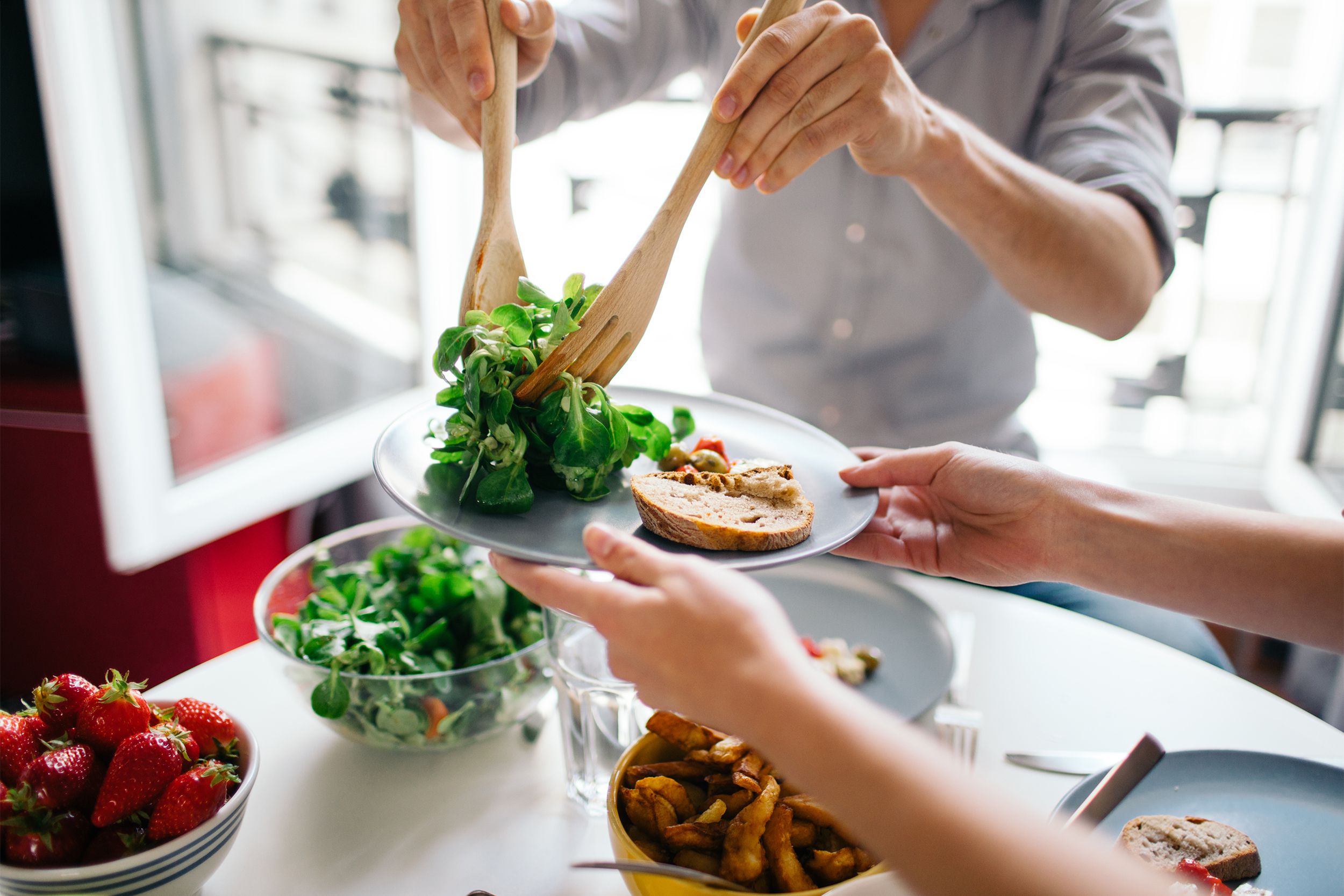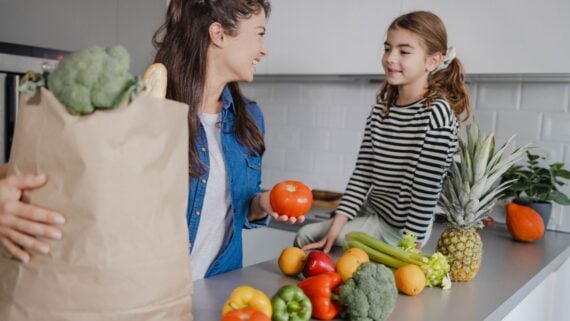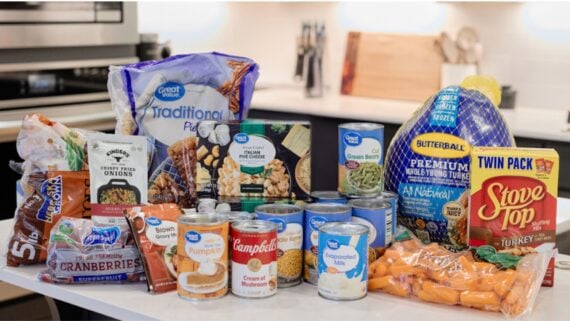For most families, grocery shopping once a week feels like a marathon —not to mention the stress of watching prices climb with every trip. But one mom on TikTok says she only hits the store once a month — and somehow her fridge stays stocked. Wondering how to make groceries last longer so you don’t have to shop as often and the food will actually stay fresh?
TikToker @nic0le.sven has gone viral for sharing how she uses what she calls “ordered eating” — a method of meal planning and strategic food storage so nothing goes bad before it’s eaten. Her videos show her stretching her grocery budget with clever storage hacks, careful planning, and a little kitchen chemistry.
The ‘Ordered Eating’ Mindset

Instead of reaching for whatever looks good, Nicole plans meals around how quickly different foods spoil. “My top asked question is, how do I get produce to last a full month?” she says in the video. She does this by keeping a “mental list” that prioritizes foods based on how quickly they spoil. Perishables like berries, spinach, and leafy greens are eaten first, while heartier items such as apples, oranges, potatoes, and frozen vegetables are saved for the end of the month. It’s a simple shift that keeps food fresh and prevents waste. “If you eat in a specific order, you can have a full month of fresh produce,” she adds.
How to Make Produce Last Longer

Nicole’s other tips focus on getting the most mileage out of what you buy, which includes making your produce last longer.
- For starters, she stores bananas and potatoes in a cool, dark place — and away from onions, which “release ethylene” and can make potatoes ripen and sprout faster.
- Onions and garlic, she says, can be stored together on the counter, but both should still be kept away from potatoes.
- As for other produce, she recommends keeping cantaloupe, plantains, pineapple, and butternut squash on the counter rather than in the fridge.
And if you’re wondering how to tell whether a butternut squash is still fresh, Nicole has a trick: “Check the butt,” she says. “The darker the butt on a butternut squash, the longer it’s been off the vine, so if it has a dark butt, use that one first.”

When it comes to making food last, Nicole relies on a handful of practical storage habits, including:
- For fruit, she recommends a gentle cleaning method by soaking produce in baking soda and water, or in vinegar and water, before eating. But avoid using both baking soda and vinegar, she warns, since “those are opposites and neutralize each other.”
- When sorting through berries, she suggests removing any soft ones right away since they can “rot the whole bunch” if left with the rest.
- To extend the shelf life of avocados, she advises buying them “really green” and keeping them in the fridge until one or two days before you’re ready to use them. She also recommends keeping oranges in the fridge for maximum freshness.
- Nicole also regrows vegetables like celery and spring onions by placing the roots in a clear mason jar of water and storing them in the fridge. “Change the water every couple of days,” she explains, showing how the green tops grow back for an almost endless supply.
- As for veggies like cucumbers, peppers, and lettuce, she washes them only right before using them — that extra moisture, she says, “causes them to rot faster.” She also says you can “regrow romaine lettuce in water.”
Why Viewers Love It

Her practical approach to food storage is resonating with millions of viewers grappling with skyrocketing grocery prices. The comments are full of gratitude — and witty confessions:
- “Me running to get my potatoes away from my onions.”
- “I love your page. Such valuable information!”
- “I’ve kept my onions and potatoes together for years and no wonder I have to use potatoes so quickly!”
Nicole’s “ordered eating” strategy shows that stretching your grocery haul doesn’t have to mean cutting corners — just learning how to make what you already buy go further.
More Grocery Tips and Recipes You Might Like

- Cheap and Creative Dinner Recipes That Are Easy to Get on the Table — Perfect for busy weeknights, these quick and tasty meals include chicken, beef, pork, turkey, and vegetarian options.
- 13 Clever Hacks for Cooking and Grocery Shopping for One Person — Making a solo meal? Try these helpful tips to get the most out of your groceries.
- How Long Leftovers Lasts in the Fridge — Leftovers can be great for a quick meal, but you want to make sure they’re still safe to eat before digging in.




